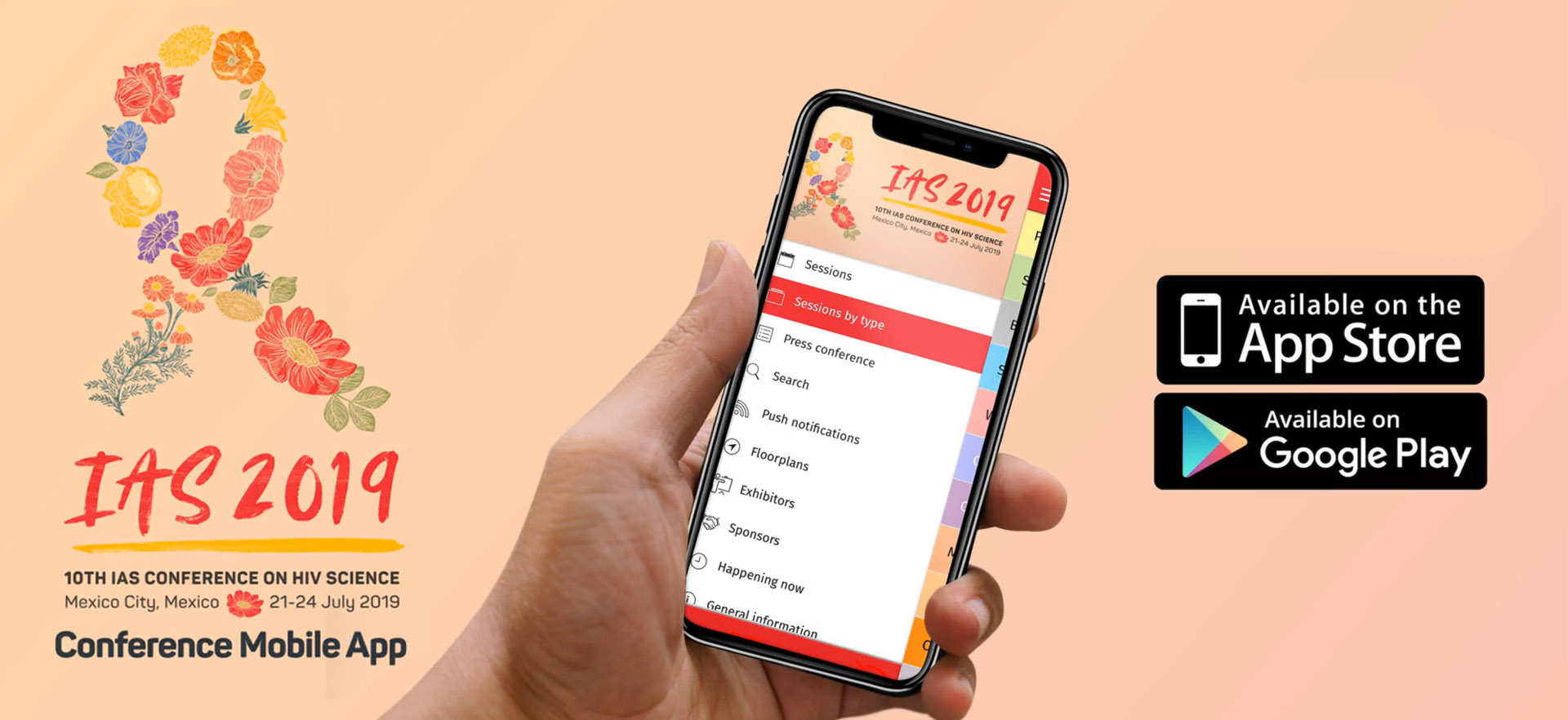Class 11th Business Studies - Internal Trade Case Study Questions and Answers 2022 - 2023
By QB365
QB365 provides a detailed and simple solution for every Possible Case Study Questions in Class 11 Business Studies Subject - Internal Trade, CBSE. It will help Students to get more practice questions, Students can Practice these question papers in addition to score best marks.
QB365 - Question Bank Software
Internal Trade Case Study Questions With Answer Key
11th Standard CBSE
-
Reg.No. :
Business Studies
-
Vishal Mega Mart is India's largest Fashion-led hypermarket chain with a footprint of over 204 stores, cumulative trading area in excess of 3 million square feet, in over 110 cities and towns across India.
Vishal is sharply focused at the needs of consumers in Apparel, General Merchandise, Grocery and Personal Care in Tier-L, Tier-2 and Tier-3 cities and towns and is dedicated to offer the best value and choice to its millions of customers.
Vishal offers clearly differentiated value to customers in the following product categories for which it has three departments.
(a) Fashion: Fresh, trendy and affordable fashion comprising latest Apparel, Footwear & Lifestyle accessories collection across Men's, Women's & Kid's.
(b) General Merchandise: Catering to all the household needs such as Kitchen-ware, Home Furnishings, Luggage & Travel Accessories, HomelKitchen Appliances, Toys & Sports etc. at best prices
(c) Grocery and Household Needs: Catering to all daily needs with an extensive Grocery & Staples, Packed Food, Branded Personal Care and Household Needs products.
Which type of large scale retail trade is being referred to here?
How many departments are there?
Mention two merits of the type of large scale retail trade identified in part I.
Mention two demerits of the type of large scale retail trade identified in part I.
(a) -
The retail sector of Indian economy is categorized into two segments such as organized retail sector and unorganized retail sector. The latter holds larger share of the retail market. The key drives of the growth in retail consumption in India are basically
(i) Clothes, Textile & Fashion Accessories
(ii) Food, Grocery & General Merchandise
The top 10 companies which have the most shares in organized retail market of India are:Name of
holding companyPrime Banners Pantaloon Retail Pantaloons, Central, Brand Factory, Ezone, Home town, Planet sports, Bigbazar, Foodbazar, KB's Fair Price Shop. K Raheja Group Shoppers Stop, Crossword, Inorbit, Hyper city. Tata Group Croma, Landmark, Poltrona Frau Group Design Center, Star Bazaar, Tashi, Westside. RPG Group Spencer's, Books and Beyond, Music world. Landmark Group Centrepoint, Babyshop, Splash, Shoe Mart, Lifestyle, Beautybay, Iconic, Q Home Decor, Candelite, Max, Shoexpress, Emax, Lifestyle Department Stores, SPAR hypermarkets, Landmark International, Footwear Division. Parimal Group Piramyd Megastore, Piramyd Supermarket, Jamin. Reliance Reliance Fresh, Reliance Trends, Reliance Foot Print, Reliance Digital. AV Birla Group More Organized retail that has arrived in different formats as follows;
Organized retail that has arrived in different formats as follows;
(a) Hyper markets
(b) Cash and Carry
(c) Supermarkets
(d) Discount Stores
(e) Department Stores
(f) Convenience Stores
(g) Neighborhood stores
(h) MBO (Multi-Brand Outlets)
Organized retailing in India has been largely explored in urban or in metro cities. It's largely successful in NCR and Mumbai Region and major parts of southern portion of India. The entry of Malls, the largest form of organized retailing, which are located mainly in metro cities, in proximity to urban outskirts turned out to be a catalyst for Organized retailing.
Source: https:/ / dartconsulting.cco.in/market- new/stop-10 retail-chains-in-India-success-stories-of-organized-retailing-and-stories-of-organised-retail-failure-in-india/.
Which type of large scale retail trade reliance fresh is engaged in?
Give three features of this type of organization.
Identify two values that these large scale retail organizations communicate to the society.(a) -
Delhi Consumer's Cooperative Wholesale Store Ltd is a registered society under Delhi Cooperative Societies Act. It was registered in the year 1962. It was set up for supplying Consumer goods to its affiliated various Primary Consumer cooperative Stores functioning in various parts of the metropolis. The need for establishment of this society arose during the post China aggression period when the prices of the essential commodities went sky-high in the market due to over-all shortages of consumer goods created by the traders by hoarding stocks for profiteering. The society was required to make bulk procurement of essential consumer goods from the sources and supply the same to the affiliated Primary stores & to public at large on reasonable prices, to enable those stores to sell the consumer goods to the public at lower prices than those prevailing in the open market.
The main objective of the Store is:-
(a) To supply consumer goods to the public at reasonable rates through its Primary Consumer's Cooperative Stores and public through retail outlets of Apna Bazar functioning in the length and breadth of the Metropolis;
(b) To supply stationery items and other general goods at competitive prices to the Govt. Schools, Govt. Offices, Para Military Forces and other officials and non-officials Organizations;
(c) Functioning as nominated agency of the government for the sale of liquor through its 75 retail outlets set up in various parts of the city;
(d) Tq.assist government in distribution of scares items of consumer goods during the period of temporary shortage to overcome the difficulties of the general consumers and
(e) to supply dietary items to those Government Department like Social Welfare DepartmentJNGOs which are engaged in the service of down-trodden, handicapped, old and destitute on reasonable rates.
1.Give three features of consumer cooperative society.
2.Which principle is followed by it in decision making?
3.How does it utilize its profits?
4.Identity two values that cooperative society communicates to the society.(a) -
Super markets are large retailing business units selling variety of consumer goods under one roof. They operated on low margin and have self-service facility.
Generally these are located in shopping centers. Goods are kept in such a way that consumer can see all that is available and choose what he wants. They take a trolley, pick up what they like, put it in the trolley, go to cash counter, pay, and take their goods after showing bill to the guard.
These generally operate like departmental stores but unlike departmental stores, they do not provide services like free home delivery, credit facilities, etc. they generally also not hire any sales staff to promote sales.
1. Discuss three features of super markets.
2. Differentiate between super market and departmental store.(a) -
Sanjeev and Rajeev are two friends. They are arguing on channel of distribution. Sanjeev claims that wholesalers are of no use and must be eliminated from chain of distribution. But Rajeev opines that wholesalers playa significant role in distribution. He claims that wholesaler provides many facilities to manufacturers and retailers. Rajeev is not convinced. He feels that middlemen only add to cost and hence goods should reach from manufacturer t final consumer directly.
1.Who of the two is right in your opinion and why?
2. Mention two services that wholesalers provide to manufacturers.
3. Mention two services that wholesalers provide to manufacturers.(a)
Case Study
*****************************************
Answers




























